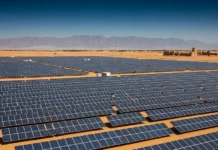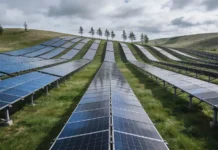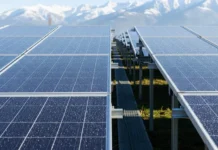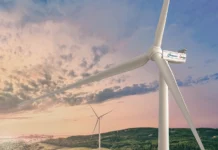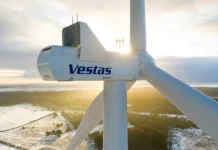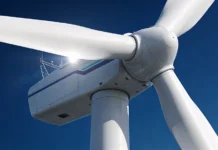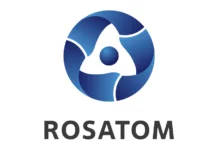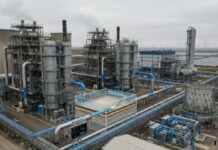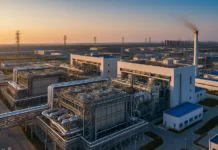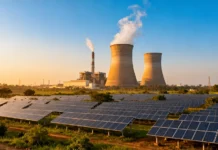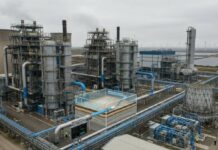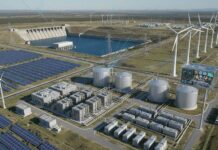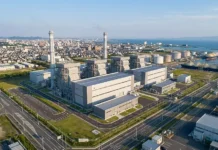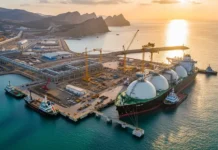South America’s total onshore wind capacity is expected to reach 79GW within the next decade, with developers set to add 40GW of new capacity by 2033, according to Wood Mackenzie.
Last year saw a record 5.9GW of new onshore wind installations in South America. This increase was driven by Brazil’s efforts to secure expiring wheeling fee subsidies, as noted in the latest South America onshore wind power outlook from the analyst.
Despite uncertainties in power demand, Brazil remains the largest market in the region. Brazil alone is projected to contribute 54% of the total regional growth, adding 21.5GW by 2033. Following Brazil, Chile is expected to add 6.2GW, and Argentina 4.5GW. All three countries plan to leverage commercial and industrial PPAs to support wind development.
Karys Prado, senior research analyst for power & renewables at Wood Mackenzie, noted that as the recent policy-driven growth in Brazil and Chile slows, South America will face limited growth in the medium term. She pointed out that future market recovery will depend on grid upgrades to compete with solar power and an increase in power demand, including opportunities in green hydrogen.
The report points out that limited transmission infrastructure will continue to challenge onshore wind in the region. Wind power faces strong competition from cheaper solar energy, which benefits from dispersed locations that can bypass the necessary grid upgrades still awaiting completion.
Prado highlighted the importance of the free market as a key driver for the region. She mentioned that large offtakers pursuing decarbonisation goals and flexible contracting conditions will be vital for onshore wind expansion in Argentina, Brazil, Chile, and Peru.
On the other hand, Colombia and Ecuador will rely on regulated markets and centralised auctions to support development. State utilities in Bolivia, Guyana, and Uruguay are also expected to play significant roles in promoting onshore wind projects.
Prado concluded that a clear supply and demand policy is crucial to unlocking South America’s potential, from diversifying the power mix to developing green hydrogen.



